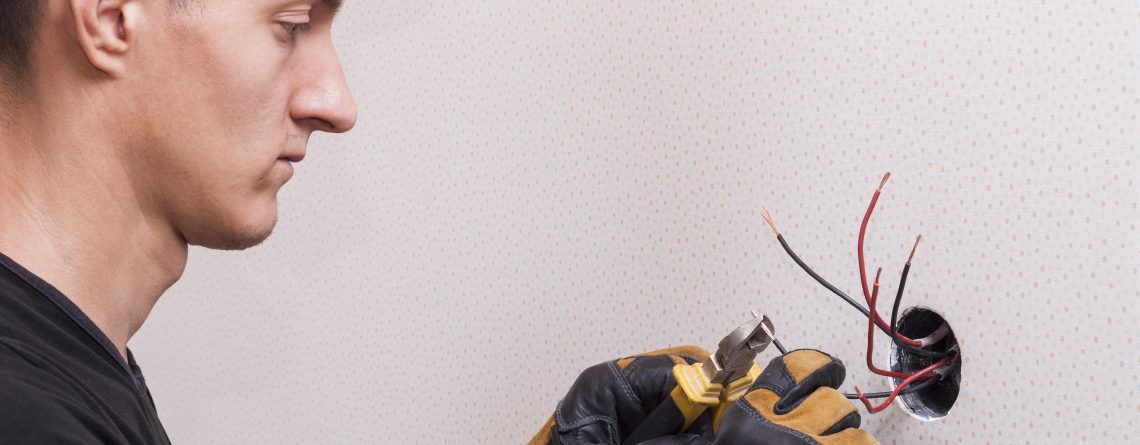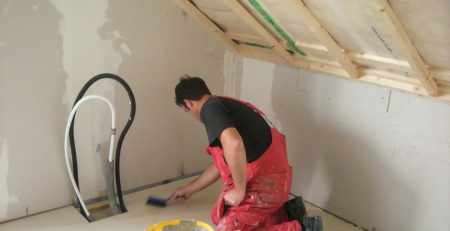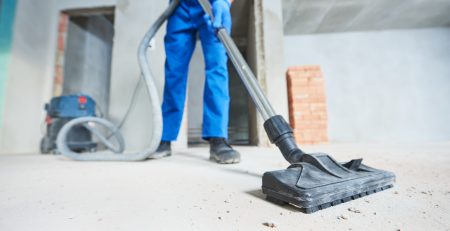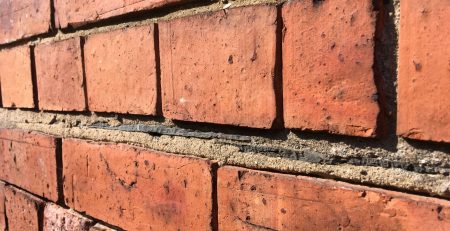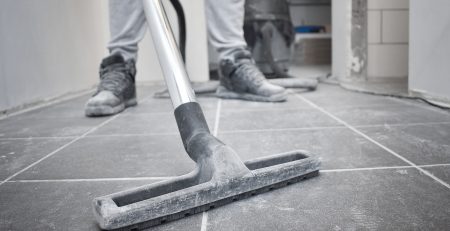The Ultimate Checklist for Maintaining a Safe and Healthy Home
Owning a home comes with a big responsibility.
That’s why to navigate everything smoothly, and it’s essential that you seek out expert advice. It is also advisable to at least have a maintenance checklist.
Having a regular home maintenance schedule is essential for your house’s upkeep and well-being.
According to Maid Sailors Home Cleaning, “Constantly checking your house’s exterior, appliances, plumbing, security, heating, cooling, and electrical systems will help keep your place in good condition. You’re also sure that it’s looking at its best.”
This home maintenance checklist will help you schedule repairs, seasonal updates, cleaning, as well as a handful of tasks. If the job needs a handful of repairs and goes beyond your skill level, you can hire a professional for help.
Monthly
Inspect and regularly check the HVAC filters
Experts say that filters needed to be changed periodically, but that isn’t always necessary. If you have no pets and allergies, then they can be changed every two to three months. If the filter is dirty, you have to change it. If not, inspect it again the next month.
Clean the kitchen sink disposal
There are several ways to do this, but the best solution is vinegar with ice cubes. Pour white vinegar in an ice tray and freeze them. Then, run ice cubes through the disposal. Not only it freshens the sink disposal, but ice cubes also sharpen it as well.
Clean range hood filters
Use a degreaser from an auto parts store and mix it with hot water. Let these filters sit for a couple of minutes, then rinse it off.
Inspect your fire extinguisher(s)
Make sure that anyone can easily access the fire extinguisher and not blocked by anything else. Moreover, the gauge should have adequate pressure and shouldn’t have any signs of wear and tear.
Quarterly
Test smoke/carbon dioxide detectors
Ideally, these detectors should have a test button. If the alarm sounds, then it’s working well. If it doesn’t, you need to replace the batteries and then test again. If it still doesn’t work, there must be corrosion on the battery terminal, and you might have to look for another detector.
Test the auto-reverse feature of your garage door
Test this every month by placing a 2 × 4 on the ground in the area where the door will close. Moreover, it should reverse a second or so before the door hits the wood. If it doesn’t go back up immediately, then you have a problem.
Run water regularly in unused toilet spaces and flush
This is to prevent grime and any other kind of build-up. Usually, running water will help prevent this.
Check the water softener, and if necessary add salt
While you don’t have to add salt every month, it’s better to check them as well.
Biannually
Test your water heater’s pressure relief valve
Doing so will help your heater run more efficiently, and will prevent corrosion or mineral build-up.
Give your house a deep clean
Every six months, give your home a proper deep clean. Dust every nook, clean windows, and appliances. Make sure that you avoid grime, dirt, and build-up to keep your home in top shape.
Replace batteries in smoke/carbon dioxide detectors
Changing the batteries every six months won’t break the bank.
Vacuum your refrigerator coils
According to the US Department of Energy, your fridge consumes more than 10 percent of your total electrical power. Therefore, you have to ensure that it’s running efficiently. Over time your refrigerator coils get dirty and would require more juice. If you do this, you’ll save up to $100 a year.
Annually (Per Season)
Fall
Fall is a high season to deal with home maintenance projects because the temperatures are moderate, and the weather is dry.
Here are some home improvement recommendations:
- Your forced-air heating system should be inspected by a professional.
- Aerate the lawn and rake the leaves.
- Check the fireplace for any damage or hazards.
- Seal the gaps and cracks in your windows, replace if needed.
- Inspect the roofing for any loose, missing, or damaged shingles and leaks.
- Mend the gaps and cracks in the walkway and driveway.
- Remove any debris or leaves in the gutter and downspouts.
- Drain and then winterize the exterior plumbing.
- Tune up major appliances.
- Clean the carpets, windows, and door screens.
- Check for any frayed wires and cords.
- Drain and store hoses.
- Drain the in-ground sprinkler systems.
- Wrap insulation around outdoor facets as well as pipes in unheated garages.
- Check your water heater for any leaks.
Winter
Winter is the time of the year where the weather can be harsh to your home. To prevent any winter harm, make sure to check or do the following:
- Check the basement for any leaks during thaws.
- Cover your air conditioning unit.
- Inspect the roof, gutter, and downspouts for any damage after storms.
- Vacuum the refrigerator and freezer coils, as well as the bathroom exhaust fan grill.
- Clean the drain in showers, sinks, tubs, and dishwashers.
Spring
Once the ground has thawed, it’s time to prepare your home for spring. Make sure that you follow these general home improvement tips:
- Clean or change the air-conditioner filter.
- Inspect the roofing for any loose, missing, or damaged shingles and leaks.
- Clean door screens and windows.
- Polish and dust light fixtures and wood furniture.
- Refinish the deck.
- Powerwash the siding and windows.
- Remove any debris or leaves in the gutter and downspouts.
- Have a professional come over to the pump and inspect the septic tank.
- Inspect the shower, sink, and bath caulking for any deterioration.
- Drain or flush the water heater.
- Fertilize your lawn.
- Check the sprinkler heads and remove insulation from outdoor faucets.
Summer
With the warm weather here to stay, here’s your summer home maintenance guide to working out at the beginning of the season:
- Seal the tile grout.
- Prune shrubs and trees.
- Replace both the interior and exterior faucet and shower head washers.
- Check both the bathroom and kitchen cabinets for leaks.
- Check the dishwasher for any leaks.
- Clean the exhaust fan filler.
- Clean the fridge and freezer coils, as well as the empty and clean drip trays.
- Oil the garage door chain and opener, as well as the garage door and all its hinges.
- Take off the lint from the inside and outside of washer hoses and dryer vents.

